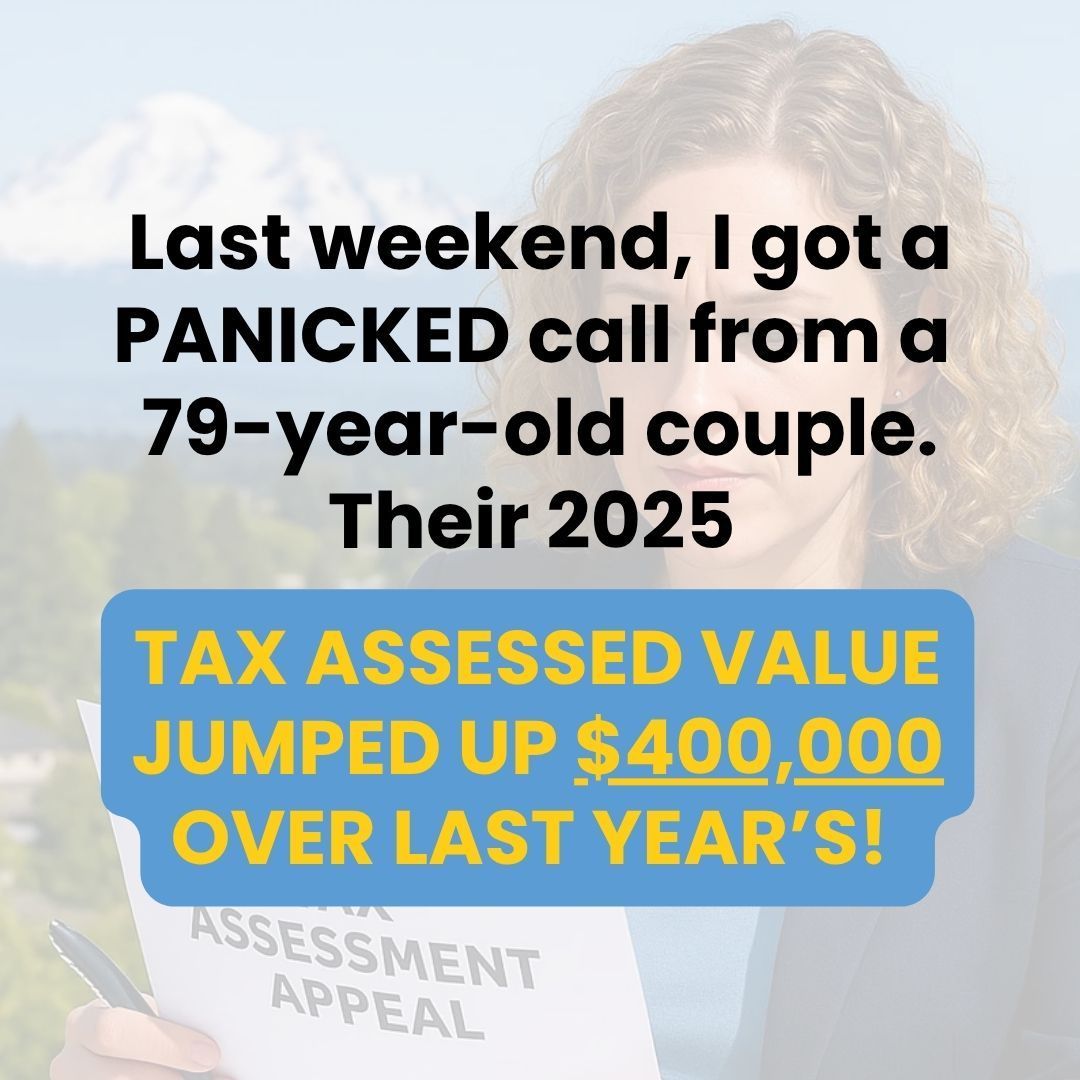Lighting Isn’t Cheap: Here’s How to Do It Right
Tips for the right lighting design in every room
Lighting
was once the poor relation of remodeling – a check-off item more endured than embraced.
A few years ago, you would have spent maybe 1.5% of your remodeling budget on lighting. But today you’re looking at more like 5%. After all, the newest, smartest, wireless-connected bulbs featured on the Apple store site cost $50 each.
“It’s a new world of lighting,” says lighting guru Joseph Rey-Barreau, an architect, lighting designer, and University of Kentucky design professor. “Changes are happening so quickly, people have to think about it more than ever.”
Skilled lighting design may not be the primary part of a renovation, but it shouldn’t be an afterthought.
“Once you’ve put holes in your drywall, you’re stuck,” says Philip Finkelstein, a New York lighting specialist. Finkelstein recently revised a customer’s kitchen lighting plan (drawn by an electrician) that would have cast shadows on all prep areas — and cost more to install.
Still, lighting can be a bear to understand. The world has its own language (know what lumens and Kelvins are?), and increasing costs can make decisions intimidating. So it makes sense to learn about lighting before you begin your remodeling project. Believe us, you’ll love your remodel much more when it sets the right mood and saves you coin because you installed the correct fixtures and bulbs from the get-go.
Learning the Language of Lighting
Lighting design that’s done right has three layers:
1. Ambient (general lighting of a room).
2. Task (such as food prep).
3. Accent (for highlighting a piece of art or focal point).
To do these three layers well, you’ll need to understand the terms used to describe light bulbs:
Kelvin:
A scale of measurement for the “color” a light produces. The higher the Kelvin (K) number, the cooler the light appears. Most bulbs will be in the 2,500K to 6,500K range — with 2,500 being the warmest and 6,500 the coolest. For reference, a candle burns at 1,900K and sunlight is 10,000K.
Wattage:
How much electricity a bulb consumes. Most of us are used to wattage being an indicator of brightness (the higher the wattage, the brighter the bulb). Not so anymore. LEDs and CFLs use far fewer watts than the old incandescents. Today, lumens are the gauge for brightness.
Lumens:
The amount of light you get from a bulb — in other words, its brightness. For instance, you need a total of 1,000-3,000 lumens to properly light a 250-ft. living room.
This chart from the Lighting Research Center shows how many lumens you need for particular tasks. If you’re older or your eyes are weak, you’ll want to increase the lumens.
| Task Area | Minimum Lumens |
| Reading | 98 |
| Closet | 381 |
| Dressing | 1,680 |
| Dining table | 315 |
| Kitchen cutting counters | 360 |
| Range | 450 |
| Sink | 450 |
| Toilet | 45 |
| Vanity | 1,680 |
| Outdoor entrance | 996 |
| Paths | 297 |
| Flower beds | 972 |
| Stairs, entries, hallways | 1,200 |
To help simplify all this data about lights, the U.S. Federal Trade Commission requires light bulb makers to place labels on packages that estimate:
- Yearly energy cost.
- How long the bulb will last.
- Whether the bulb feels warm, cool, or somewhere in between.
- How many watts of energy the bulb uses.
Example:
A soft, incandescent table lamp bulb might use 60 watts; cost $7.23/year for about one year; emit 630 lumens; and appear warm at 2,850K.
A bright, LED bulb to light hallways might use only 9 watts; cost $1.08/year for 22 years; emit 800 lumens; and appear closer to daylight at 5,000K.
Related:
Choosing the Right Bulb to Get the Look You Want
Room-by-Room Lighting Tips
If you’re trying to set a romantic mood in the bedroom, you don’t need the same amount of light as when you’re julienning fries in the kitchen
. Each room has its own lighting needs. Here’s a breakdown:
Kitchens
(5,000-10,000 total lumens)
Kitchens are a challenge to light because they serve so many purposes — food prep, family dinners, homework location. Layering light — recessed, pendants, ceiling fixtures — gives you the type of light you need.
- To reduce shadows, place recessed lights on the sides (not centers) of ceilings.
- Light kitchen islands so shadows don’t fall where you’ll be cutting vegetables or kneading dough. For a 6-foot island, that could mean placing two to three small pendants in a row directly above where you’ll be standing.
- Chandeliers in the center of the room should have shades that direct light down.
- Always install under-cabinet lights for task lighting.
- Use above-cabinet lighting for ambient and mood lighting.
Bathroom lighting (4,000-8,000 total lumens)
- Ceiling fixtures aren’t good lights for applying makeup or shaving; they cast shadows on faces. Placing lights on the sides of a mirror is better. Tubular fluorescents that are the same length of the mirror work well. If you have a big wall mirror, place a fixture with shades pointing down above the mirror, which will cut down on shadows.
- Budget for a light above the tub and shower when you remodel. Showers especially can be dark, making it hard to see when you’re cleaning or shaving.
- Separate water closets should have their own light and exhaust fan .
- Install dimmers for middle-of-the-night bathroom visits.
Bedrooms (2,000-4,000 total lumens)
- Install recessed lighting or a center fixture for general bedroom tasks, such as making the bed, dressing, and cleaning.
- Use table lamps with warm lights to help set the mood for rest and relaxation.
- Add dimmers to bedroom lights so you can quickly change the mood.
Living Rooms (1,500-3,000 total lumens)
Living room lighting should be flexible for the many things you do at home — sit and talk, read, watch TV (whether on a big screen or a mobile device), play games, etc. Your living room or family room will need to make the most of the three lighting layers mentioned earlier.
- With ambient lighting, avoid placing lights directly over seating unless you angle them away.
- Use task lighting, usually lamps, for reading and other things you do while sitting.
- Install accent lighting in the form of spotlights and picture lights for the room’s focal point and artwork. Light individual artwork with picture lights set at a 30-degree angle. If you’re lighting several pictures, light the wall with track lighting or spotlights.
Dining Rooms (3,000-6,000 lumens)
- Don’t position lights above your dining chairs — it’ll cast ugly shadows on faces.
- To prevent head clunks when getting up from the dining room table, size the fixture no wider than the table less 12 inches.
- Adjustable recessed lights (ones you can position at different angles) are great for highlighting centerpieces, candles, or flowers.
- Dimmers are a must to set the mood.
Home Offices (3,000-6,000 lumens)
- Don’t forget to highlight your accomplishments — college diploma, picture with the president, Best Dad award — with adjustable recessed lights or surface-mounted spotlights.
- Train recessed lights at the walls — called wall-washing — to make home offices feel larger and look brighter.
- Poorly placed lights will produce annoying reflections on computer screens. Portable lamps are good light choices because you can move them to avoid reflections.
- If you’re in and out of your office all day, install occupancy sensor controls to avoid energy waste.
Feel Like You Need Professional Help?
A long line of professionals is eager to help you add lighting to your remodel. But when it comes to designing a lighting plan, you don’t always get what you pay for. Architects and electricians will charge, maybe, $100/hour to map out lights, and they don’t necessarily have the latest lighting design training, says Larry Lauck of the American Lighting Association (ALA).
A lighting designer — the gold standard certified by the International Association of Lighting Designers — will charge between $250-$350/hour to place recessed lights and train LED spots on your artwork.
It’s a new world of lighting. People have to think about it more than ever.
Joseph Rey-Barreau, lighting designer and architect
However, lighting showrooms typically employ ALA-certified lighting specialists and consultants who have completed several levels of training on all aspects of lighting design. Lighting showroom professionals will design your plan for free, or for a starting fee, which you can apply to the products you buy.
Because selling lighting is their business, these professionals know all the latest lighting trends and products — there are over 200 options for recessed lights alone.


















